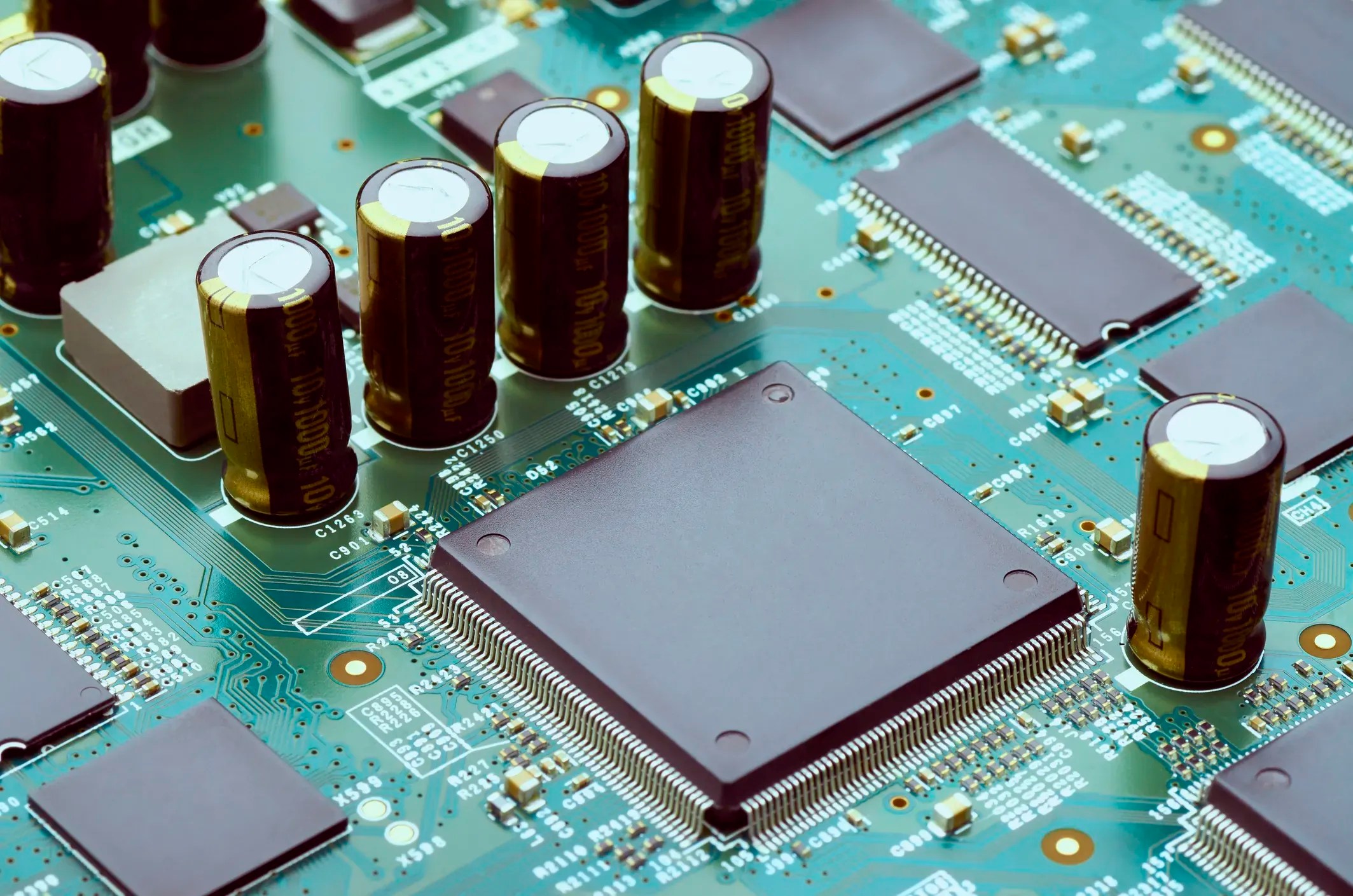IPC-2251, Packaging of High-Speed Electronic Circuits

Packaging high-speed electronic circuits is essential for assuring reliability, performance, and longevity because it protects delicate components from environmental factors, provides essential connections, and manages heat dissipation. IPC-2251, Design Guide for the Packaging of High Speed Electronic Circuits addresses the major factors influencing the design of high-speed circuitry.
What Are High-Speed Electronic Circuits?
High-speed electronic circuits are designed to handle frequencies above 50 MHz, often reaching gigahertz range. They primarily deal with digital signals, including clock signals and data transmission. Furthermore, common applications of high-speed electronic circuits include high-speed computing (e.g., processors, memory), telecommunications, networking, and automotive systems.
High-speed electronic circuits are designed to handle high-frequency digital signals, requiring careful attention to signal integrity, impedance control, thermal management, and printed circuit board (PCB) design to assure reliable and fast data transfer.
Do High-Speed Circuits Require Different Packaging?
High-speed circuits often require specialized packaging that differs from that used for lower-speed applications. While low-speed circuits have more flexibility in packaging choices, high-speed circuits require specialized packaging to handle fast signals and minimize signal degradation.
High-speed circuits necessitate packaging that minimizes signal delay, assures proper heat dissipation, and maintains electrical integrity. Therefore, high-speed data transmission can only be achieved with high quality, reliable, and moisture-proof packaging. The IPC-2251 standard lays out requirements for packaging high-speed circuitry; it addresses key design considerations to minimize issues like electrical noise, electromagnetic interference, and signal integrity in high-speed circuits.
What Is IPC-2251?
IPC-2251 provides guidelines for the design of high-speed circuitry. The standard considers electrical noise, electromagnetic interference, signal propagation time, impedance, thermo-mechanical environmental protection, and heat dissipation. IPC-2251 is intended to be used by circuit designers, packaging engineers, circuit board fabricators, and procurement personnel so that all may have a common understanding of each area.
IPC-2251 supersedes IPC-D-317A. Key improvements over the prior IPC-D-317A document include updated impedance models for embedded microstrip, centered stripline and dual stripline geometries, expanded EMI layout practices, signal integrity design constraints, enhanced graphics, and updated terms and definitions.
When Is Electronic Packaging of Circuits Useful?
Electronic packaging is useful whenever a circuit needs protection from the environment, reliable connectivity, and/or effective thermal management. By providing physical protection, electrical connectivity, thermal management, and potentially shielding against electromagnetic interference (EMI), packaging for high-speed electronic circuits assures reliable and efficient operation.
Packaging high-speed electronic circuits requires specialized techniques to maintain signal integrity, manage heat, and assure reliable performance at high frequencies. This includes using materials and designs that minimize signal delays, reduce interference, and efficiently dissipate heat generated by high-speed operation. As such, IPC 2251-2003 is a valuable resource for engineers designing and implementing high-speed electronic systems, assuring that they can effectively address the challenges associated with these complex circuit.
IPC-2251, Design Guide for the Packaging of High Speed Electronic Circuits is available on the ANSI Webstore.






